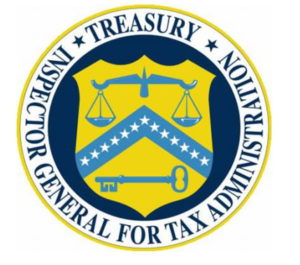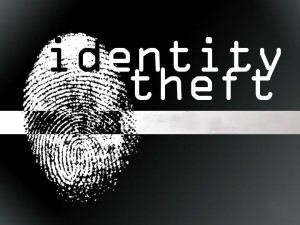Income credit claims will continue to go unaddressed each year
Monday, August 22nd, 2016 @ 5:46PM
TREASURY INSPECTOR GENERAL FOR TAX ADMINISTRATION
WITHOUT EXPANDED ERROR CORRECTION AUTHORITY, BILLIONS OF DOLLARS IN IDENTIFIED POTENTIALLY
ERRONEOUS EARNED INCOME CREDIT CLAIMS WILL CONTINUE TO GO UNADDRESSED EACH YEAR
Final Report issued on April 27, 2016
CFEG reports that the Treasury Inspector General For Tax Administration (TIGTA) issued a final report after an audit of the IRS which concluded that without expanded error correction authority, billions of dollars in identified potentially erroneous earned income credit claims will continue to go unaddressed each year.
TIGTA reported that The Improper Payments Elimination and Recovery Act (IPERA) of 2010 and subsequent legislation strengthened agency reporting requirements and redefined “significant improper payments” in Federal programs. The Office of Management and Budget has declared the Earned Income Tax Credit (EITC) Program a high-risk program that is subject to reporting in the Department of the Treasury (Treasury) Agency Financial Report. The IRS estimates that 23.8 percent ($15.6 billion) of EITC payments were issued improperly in Fiscal Year 2015.
TIGTA found that the IRS is not reporting an overall EITC improper payment rate of less than 10 percent.
The Consolidated Appropriations Act of 2016 provides the IRS with additional tools to reduce EITC improper payments. However, it did not expand the IRS’s authority to systemically correct the erroneous claims it identifies. Without this authority, the IRS continues to be unable to address the majority of potentially erroneous EITC claims it identifies. The IRS can audit potentially erroneous EITC claims; however, the number of claims the IRS can audit is limited by resources. As a result, billions of dollars in potentially erroneous EITC claims go unaddressed each year.
In addition, although the IRS completed risk assessments of the 22 program fund groups identified by the Treasury, the risk assessment process still does not provide a valid assessment of refundable credit improper payments.
Based on the IRS’s own enforcement data, TIGTA estimates that the potential Additional Child Tax Credit improper payment rate for Fiscal Year 2015 is 24.2 percent, with potential improper payments totaling $5.7 billion, and estimates that the potential American Opportunity Tax Credit improper payment rate for Fiscal Year 2015 is 30.7 percent, with potential improper payments totaling $1.8 billion.
TIGTA recommended that the IRS ensure that the revised Additional Child Tax Credit improper payment risk assessment process includes a quantitative assessment. TIGTA also recommended that the IRS ensure that the results of the American Opportunity Tax Credit Improper Payment risk assessment accurately reflect the high risk associated with American Opportunity Tax Credit payments. The IRS agreed with the recommendations.
Posted by cfegov
Categories: Fraud, Waste and Abuse












